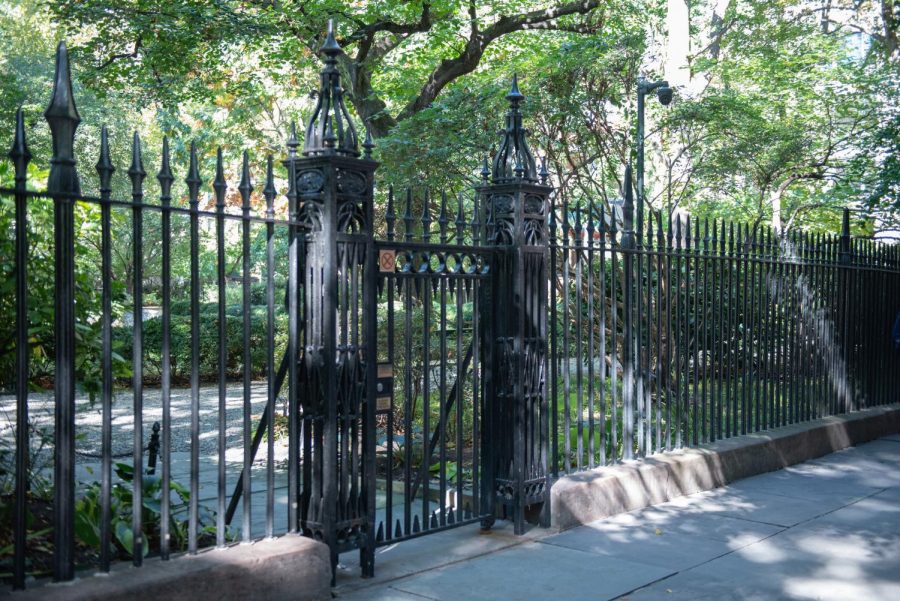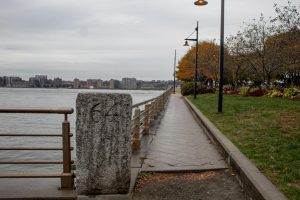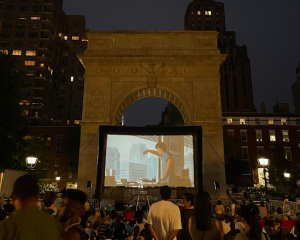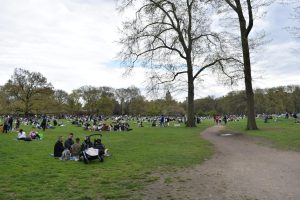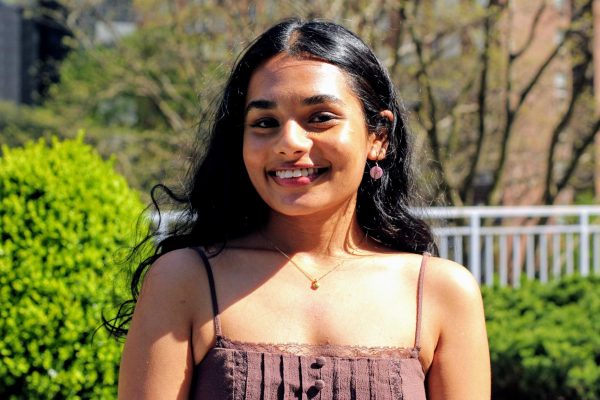Accessing Green Space Is Anything But a Walk in the Park
Marginalized communities in New York City need better access to green spaces
LAUREN MOON
Gramercy Park, a private park exclusively for residents in its surrounding affluent neighborhood, exemplifies the park disparity in New York City.
October 27, 2022
Environmental racism has become a hot-button issue, with many New York City-based case studies highlighting that predominantly Black communities across the city tend to encounter more toxic substances than predominantly white neighborhoods. The high levels of pollution that Black and Latine New Yorkers face in their communities have led to them experiencing higher levels of respiratory issues compared to their white counterparts.
As green spaces and parks start to be recognized as a necessity in urban spaces, there has also been a realization that underserved communities have a disproportionately low number of green spaces. This aspect of environmental racism must be addressed by city officials.
Park inequity in New York has been an issue for decades. Neighborhoods that were historically redlined still tend to lack green space today despite the fact that green space isn’t something that the city lacks. In fact, according to the New York City Mayor’s Office of Climate and Environmental Justice, “New York City is home to over 20,000 acres of natural areas — with 7,300 acres of forest within NYC Parks jurisdiction.” However, when it comes to the placement of these green spaces, it is evident that underserved neighborhoods often miss out.
As of May 2020, roughly 82% of New Yorkers live within walking distance of a city park. Even though that seems to be a large number of people, over a million New Yorkers still live over a 10-minute walk from a park. Most of these New Yorkers live in low-income neighborhoods that are predominantly Black and Hispanic in the boroughs outside Manhattan.
During the peak of the COVID-19 pandemic, this meant that many people were stuck inside without easy access to any green spaces. The lack of green spaces in these communities made it more challenging for residents to comply with lockdown protocols.
Parks in more affluent areas like Central Park and Riverside Park receive significantly more maintenance and funding than parks in historically Black communities in Manhattan and other boroughs of New York City.
Although New York City has plenty of green space, those who are prioritized as worthy of having access to these valuable resources and locations tend to be the city’s rich, white residents. Parks in more affluent areas like Central Park and Riverside Park receive significantly more maintenance and funding than parks in historically Black communities in Manhattan and other boroughs of New York City.
Having easy access to a public park has health benefits as well as aesthetic value. Green space has been scientifically shown to improve physical well-being and mental health, as well as provide a place for people to interact with others in their communities. The New York City Mayor’s Office of Climate and Environmental Justice explained that “Each year, the city’s trees … remove 1,300 tons of pollutants from the atmosphere, with an annual savings in health costs of $93.2 million.” Knowing the benefits of green space access, it is vitally important to ensure we prioritize their placement in underserved communities.
New York City’s government is currently taking steps to solve this discrepancy. Citywide efforts have been launched in order to increase access to green spaces, with the Walk to a Park Initiative being at the forefront of that cause. Walk to a Park seeks to increase the number of parks and green spaces in the city so that more residents can live within walking distance of a park in the future.
Another organization, the Community Parks Initiative, invested over $300 million to “reimagine and rebuild 67 underinvested parks in neighborhoods demonstrating the highest need (with high poverty, density, and population growth), effectively improving and greening 70 acres of parkland and the quality of life for nearly half a million people who live within a walk of these parks.”
While this is progress, the speed of this undertaking leaves much to be desired, especially given its urgency for the quality of life of so many New Yorkers. The Walk to a Park initiative is aiming for 85% of New Yorkers to have walkable access to a park by 2030, which is well within reach considering 82% of New Yorkers currently live just a few minutes from a public park.
We must dedicate more time, money and energy to ensure that all New Yorkers have equal access to public parks and green spaces. Underserved communities in New York City are facing the brunt of the consequences, and increasing green spaces must become a more valued and important part of the city’s agenda.

